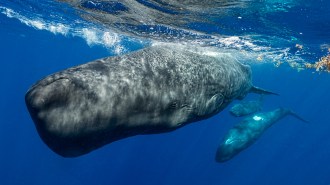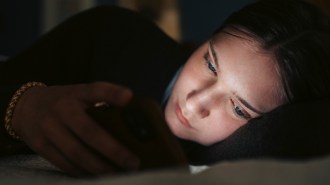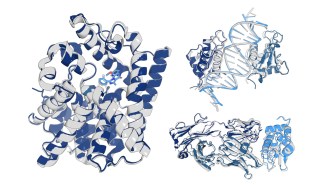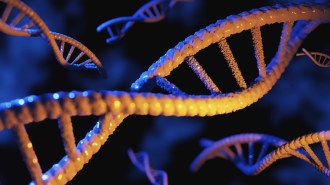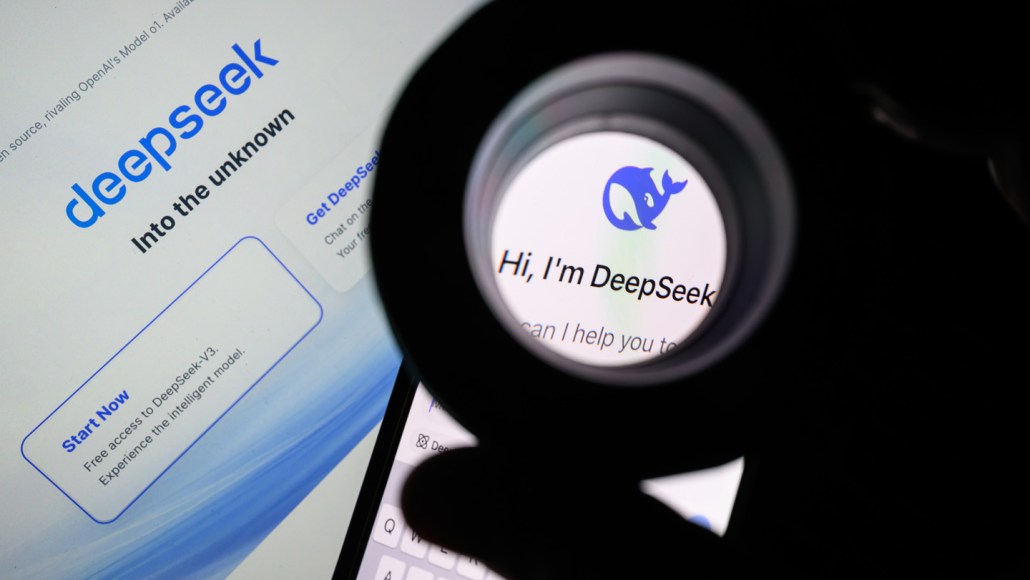
Artificial Intelligence
A look under the hood of DeepSeek’s AI models doesn’t provide all the answers
A peer-reviewed paper about Chinese startup DeepSeek's models explains their training approach but not how they work through intermediate steps.
By Ananya

